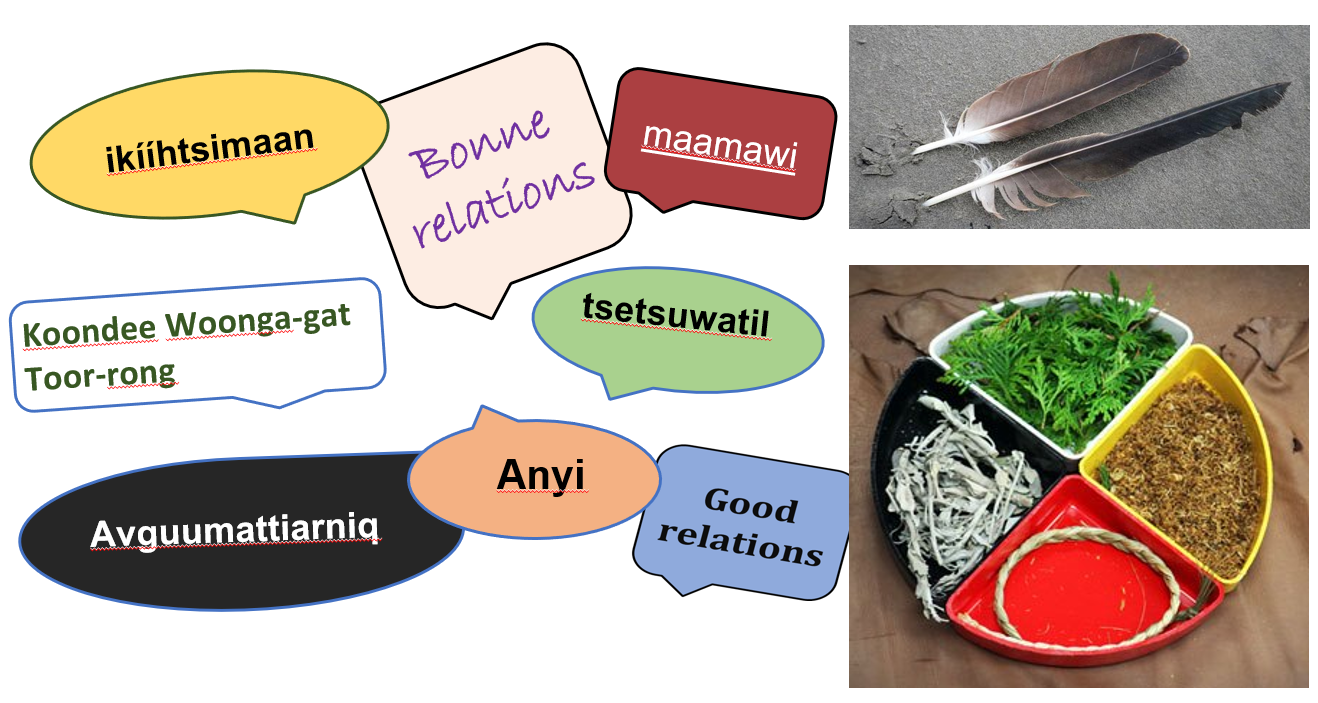Introduction from CICan
A Brief Note on Why We are Approaching Climate Change in the Building Trades through 2-Eyed Seeing
In our current world, we find ourselves facing, among many, 2 undeniable truths:
- We urgently need to take climate action
- We urgently need to act regarding Truth and Reconciliation.
While both issues are exceedingly and vitally important each on their own, we cannot ignore the fact that there are many overlapping opportunities when we start to integrate both into the building trades. That is because:
The systemic and institutional mechanisms that resulted in the colonizing and genocide of this Land’s Indigenous communities and their individuals are the same that resulted in the devaluation and degradation of our environment and the destruction of our climate stability.
These professional development modules for building instructors aim to be a starting point for Greening the Building Trades through Etuaptmumuk in Mi’kmaq language or Two-Eyed Seeing in English. Albert Marshall a respected Mi’kmaq elder who brought forward this concept says, “Two-Eyed Seeing refers to learning to see from one eye with the strengths of Indigenous ways of knowing and from the other eye with the strengths of Western ways of knowing and to using both of these eyes together” (Bartlett, Marshall, & Marshall, 2012, p. 335).
Using Etuaptmumuk or 2-Eyed Seeing to develop these modules, we are calling upon our members to take steps toward Truth and Reconciliation as well toward Net Zero in several ways. Truth and Reconciliation in Canada is about telling the truth of how settlers have treated and continue to treat Indigenous people, and committing to reconciling through making reparations and moving forward in a respectful manner, which includes making space for Indigenous people, voices, bodies, choices, customs, cultures, knowledge, perspectives, and approaches. The goal of Net Zero refers to running a society/economy while emitting no greenhouse gas emissions or offsetting any emissions.

Thus, with these modules, we aim to make a start of both integrating Net Zero and Truth and Reconciliation in the building trades and the way they are taught, and rationalize that it makes sense to do both at the same time because:
- In Truth and Reconciliation, we are called upon to create opportunity for Indigenous people to be educated in a way that Indigenous people choose. We must ensure our institutions are inclusive. If we are to green the trades, we must make space for Indigenous approaches to greening the trades. Indigenous approaches to learning have been proven to be good for all learners, Indigenous and non-Indigenous alike (Rebecca Thomas 2016).
- We are called upon to welcome Indigenous communities, approaches, and ways of thinking, thus supporting communities, approaches, and ways of thinking that are responsible for protecting more than 80% of global biodiversity. This is important because biodiversity is one of our greatest tools in mitigating climate change.
- We are called upon to make space for Indigenous voices and approaches, that promote reciprocity and valuing of relationships, which are intrinsically aligned with Net Zero – a goal the world has committed to. As Darrion Letendre, a Land-Based Educator at NorQuest College puts it (learned from his Kokum Shirley Letendre), “When you take something, you give something back. So when we take carbon out of the ground, what can we do to give something back?”
- We are called upon to protect and support the health and sustainability of Indigenous lands, as a direct connection to supporting and protecting Indigenous culture and traditions. Climate impacts create difficulties and alter relationships people have with the land – thus addressing climate change means better protecting Indigenous lands and traditions.
- We are called upon to respect and regard valid Indigenous knowledge, science, and stories that have been passed down for generations. We regard these as equal to settler/ Western approaches to science. When we integrate ALL of the information we see so much more than if we only use one eye – this is also known as Etuaptmumuk 2-Eyed Seeing.
- Lastly, as we are open to a new way of seeing things, and making room for Indigenous viewpoints and prioritizing an ecologically safe future, we open a door for change. We have an opportunity to build better and create the future we all want for ourselves and our children.

Cited sources:
Bartlett, C., Marshall, M., Marshall, A. (2012). Two-eyed seeing and other lessons learned within a co-learning journey of bringing together indigenous and mainstream knowledges and ways of knowing. Journal of Environmental Studies and Sciences, 2, 331–340.
